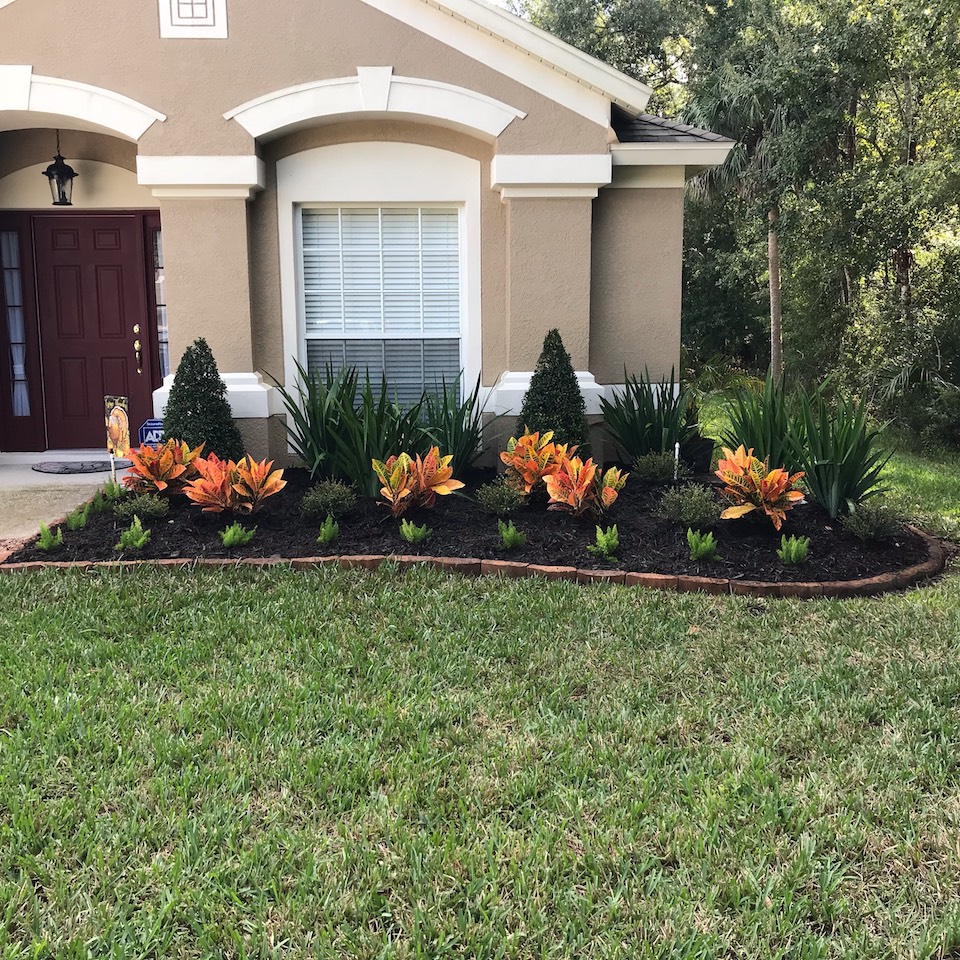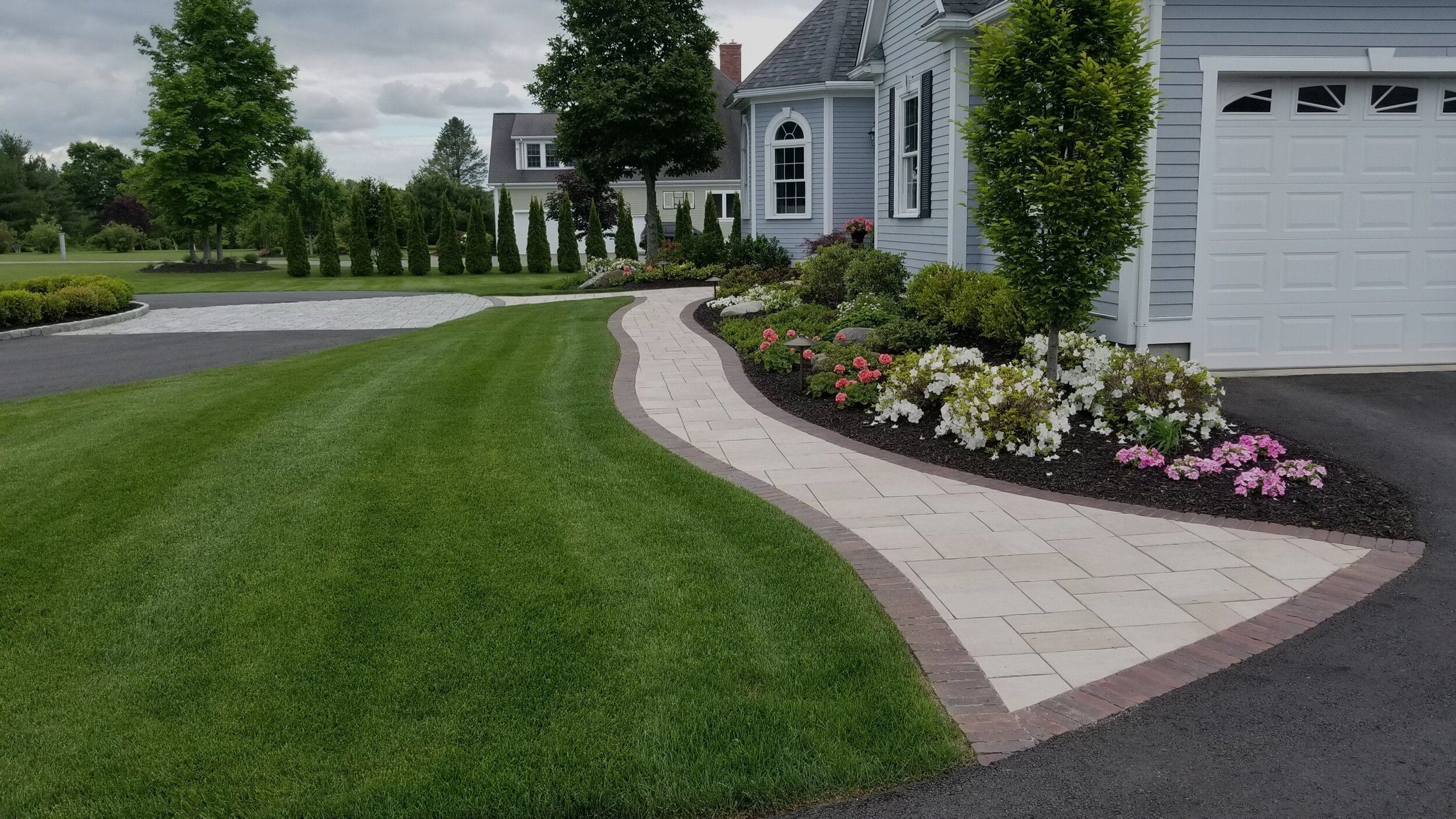Change Your Outdoor Area with Specialist Palm Desert Landscaping Services
Change Your Outdoor Area with Specialist Palm Desert Landscaping Services
Blog Article
A Comprehensive Overview to Creating and Implementing Effective Landscaping Solutions
The art and scientific research of landscaping expand past mere aesthetics; they entail a thoughtful assimilation of style concepts, ecological stewardship, and practical application. What strategies can one employ to make sure these landscapes not only grow but also thrive in consistency with their surroundings?

Comprehending Landscape Layout Concepts
One may wonder what foundational aspects contribute to reliable landscape style. At its core, successful landscape design rests on numerous crucial principles that direct the setup and choice of elements within a space. These principles include unity, rhythm, equilibrium, and percentage, each offering to develop an unified outside atmosphere.
Unity describes the natural relationship amongst various parts, ensuring that they function together aesthetically and functionally. Equilibrium can be accomplished through unbalanced or in proportion arrangements, permitting the landscape to really feel steady and welcoming. Proportion involves understanding the scale of elements in relationship to each other and the surrounding setting, promoting aesthetic consistency and convenience.

Evaluating Your Outdoor Space
Before carrying out the principles of landscape style, a thorough evaluation of your exterior room is vital. This preliminary examination helps define the extent of your landscape design job and makes sure that your layout aligns with the distinct attributes of your property. Begin by analyzing the measurements of your room, taking accurate dimensions to understand the readily available location for numerous components such as paths, gardens, and outdoor patios.
Next, observe the existing functions of your landscape, including topography, soil quality, and drainage patterns. These elements considerably influence plant selection and placement. Additionally, analyze the sunshine direct exposure throughout different areas throughout the day, as this will certainly influence the sorts of plants that prosper in your garden.
Think about the microclimates created by frameworks, trees, and various other challenges, as they can impact temperature and dampness degrees. Lastly, make note of any kind of existing plants or hardscape elements that you wish to keep or remove. This extensive evaluation prepares for a knowledgeable and effective landscaping remedy, making sure that your style is not just visually pleasing but additionally practical and sustainable for years ahead.
Lasting Landscape Design Methods
Incorporating sustainable landscape design techniques is essential for developing an ecologically liable outside space. These techniques not only promote ecological equilibrium however additionally enhance the visual and useful value of a landscape. One foundational method is the application of native plants, which call for much less water and upkeep while supporting regional wild animals. Carrying out reliable irrigation systems, such as drip irrigation, decreases water waste and guarantees that plants get ample moisture.

One more reliable technique is the calculated positioning of hedges and trees to offer all-natural windbreaks and shade, therefore decreasing energy expenses (Palm Desert Landscaping). Rainfall gardens can be incorporated right into the landscape design to handle stormwater drainage effectively, filtering toxins prior to they enter waterways
Selecting the Right Plant Kingdoms
Picking the right plants for your landscape is essential to accomplishing both aesthetic allure and ecological consistency. The procedure begins with an understanding of your local climate, soil problems, and the specific microenvironments within your landscape. Examining variables such as sunshine exposure, moisture levels, and existing plants will assist you select plants that grow in your unique setting.
Consider integrating indigenous plants, as they are well-adapted to neighborhood problems, call for much less upkeep, and support local wildlife. Furthermore, choosing a varied variety of varieties can boost biodiversity while minimizing the danger of illness and bug break outs. It is crucial to assess the development behaviors, flowering periods, and seasonal colors of potential plants to produce a natural and vibrant landscape.
Moreover, believe regarding the meant usage of the area; for instance, if the area will experience high foot traffic, opt for resistant ground covers. By attentively selecting plants that align with both your visual objectives and environmental needs, you can develop a sustainable landscape that not only boosts your home but additionally adds favorably to the surrounding community.

Implementation and Upkeep Strategies
When the right plants have actually been picked for your landscape, the focus moves to reliable implementation and continuous upkeep techniques. Effective installment Check This Out begins with proper site prep work, which consists of soil testing to determine nutrient levels and pH, adhered to by modifying the our website soil as required. Meticulously prepare plants according to their development habits and light demands, guaranteeing ample spacing to promote healthy growth.
Watering is an essential element of execution. Establish a watering timetable that thinks about the specific needs of each plant species, changing for seasonal modifications. Using drip irrigation systems can improve water effectiveness and minimize overflow.
Maintenance techniques should be executed to guarantee the longevity and vitality of your landscape. Normal tasks consist of weeding, mulching, and trimming to manage development and avoid condition. Fertilization should be conducted based upon dirt tests, offering the required nutrients without over-fertilizing.
Checking for bugs and illness is essential; early discovery can protect against considerable damage. Lastly, seasonal changes to maintenance routines, such as winterizing perennials and preparing for springtime growth, will make certain that your landscape stays aesthetically attractive and healthy year-round.
Conclusion
To conclude, efficient landscape design services call for a complete understanding of design concepts, meticulous evaluation of exterior spaces, and the application of lasting techniques. The choice of ideal plant species plays an important role in improving visual appeal and eco-friendly strength - Palm Desert Landscaping. Effective execution and continuous maintenance further make certain the longevity and vigor of landscapes. By incorporating these components, landscapes can be changed into gorgeous, useful atmospheres that advertise biodiversity and add positively to neighborhood wellness.
One could question what More Info fundamental components add to effective landscape style. At its core, effective landscape style pivots on a number of crucial concepts that lead the setup and option of components within a room.Picking the right plants for your landscape is crucial to achieving both aesthetic allure and eco-friendly consistency. It is crucial to review the development behaviors, growing durations, and seasonal shades of prospective plants to produce a vibrant and natural landscape.
When the ideal plants have been chosen for your landscape, the focus changes to reliable application and continuous maintenance strategies.
Report this page